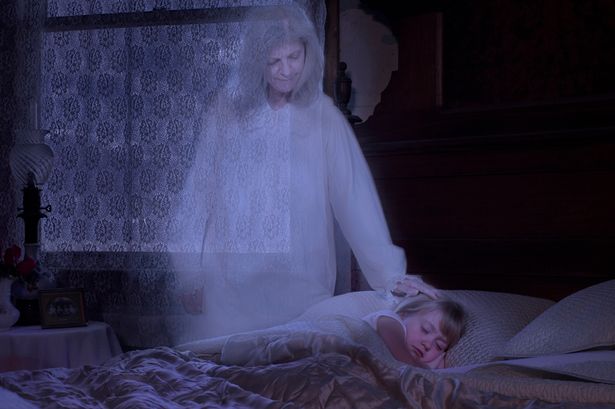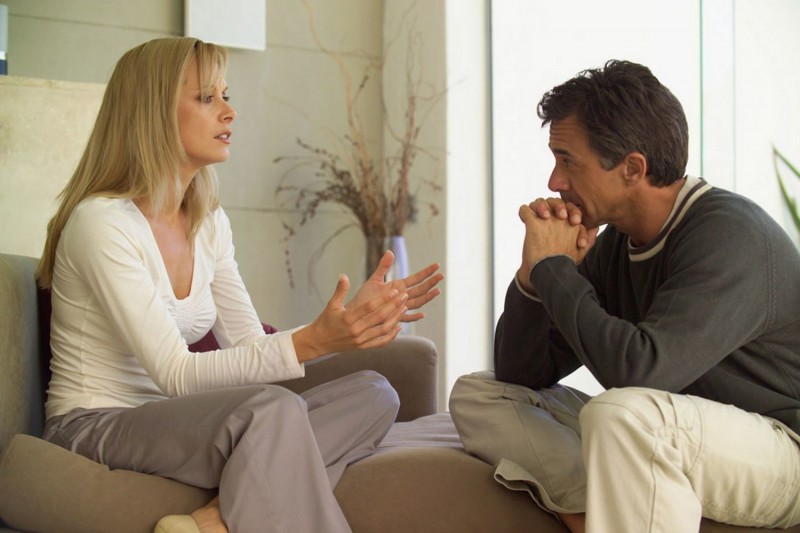The chief source of energy for our planet is the sun. The sun’s energy is captured by many methods, where it is stored, and later transformed into useable energy. In its most basic interpretation, vegetation absorbs the sun’s energy which causes the vegetation to grow and mature. An animal can consume the vegetation which converts the vegetation’s collected energy of the sun by consumption, a high life form can consume the animal, converting the sun’s energy once again into energy, energy which could be expended to change the world around us, to make a meal, plant a garden, run a farm, build a structure, erect a windmill, build a dam, or create a nuclear bomb or power plant.
When you burn wood in the fireplace, all you are doing is burning the wood with fire, which releases the stored energy of the sun, producing heat you can feel or can be used to heat something else besides you, and the ash is the waste product.
All this stored energy from the sun, including but not limited to biomass, water, wind, and fossil fuels, are all stored solar energy that is translatable from one form to another, feeding the unending cycle of life, not just here but throughout the universe. A universe that is intimately connected.
The energy throughout the universe is almost, if not absolutely, limitless. This universal energy is measured, stored, and converted into other forms of energy, or even directly into matter.
One may be concerned about the consumption of energy, but it can never really be consumed, only endlessly transformed from one form into another, affecting its surroundings in the process of changing from one form to another.
Everything in the universe requires energy to exist. Even you and I need energy to exist.
Our bodies need some light from the sun as nourishment, what we consume contains the sun’s stored energy, first-hand in vegetation, second-hand in animals that have consumed the vegetation. We need this energy to function, integrate with and affect the world around us. We also need energy to build and heat structures that we live in. And, of course, to power all the modern conveniences in life as well.
Everything is energy, enabling us to live and it is everything we eat, drink, create, or use in life.
Energy is required to create the enzymes your body needs to function, for connecting and communicating the many brain and body processes, and to enable you to operate your muscles. You need energy to drive a car, and your car needs energy to get you from here to there.
Today, most of our energy comes from fossil fuels, hydropower, nuclear power, solar power, and biomass. Electricity is a different character, it is generated from other forms of energy, and is an excellent transfer mechanism for energy. Though we use it, it is still not understood fully.
Fossil fuels include coal, oil, and natural gas, all of which produce carbon emissions when used, while nuclear fusion, on the other hand, does not. Renewable resources such as water, wind, and solar are natural alternatives to fossil and nuclear power. When used to create electricity, all these forms are used to create enough energy to turn turbines that generate electricity.
The first law of thermodynamics declares that “energy cannot be created or destroyed” it is transformed from one form of energy to another.
Energy is constantly moving, in motion, and energy and matter? All the same thing. Matter, regardless of how solid it may feel to the touch is nothing but energy, and all matter is always flowing, pulsating, moving, never stagnant, and all energy is connected, whether seen or unseen.
We, each of us, is an individual consciousness housed in a human body, yet we are not solid, we are constantly moving in and out of form and through the universe, an individual and part of the collective consciousness, yet all of us, all of it, all that there is, is uniquely entangled, harmonious, and sometimes chaotic, yet the same, energy.
This connectedness is how the thoughts or actions of one person can affect the world and/or the universe in either a negative or positive manner. And it spreads and gathers more corresponding energy as it ripples throughout the world around you.
Ask a plant tender who cares for the plants from home to home on a regular basis. Indoor plants that share a home with happy, harmonious people, like a young couple experiencing their first child. The air is filled with emotional love and the plants in this home thrive. In another house where there is much discontent and hatred, the plants require changing out regularly, because the emotional energy is actually killing the plant life.
Our bodies transmit our own emotional energy. There exists a bubble of energy of our own making that we are surrounded by. This energy matches the frequency of our emotions, and it affects the world and others around us.
Energy attracts like energy, so if we are feeling bad, we attract more feeling bad energy and feel even worse. If we are feeling happy and full of love, we attract that matching energy and feel even better.
It is interesting that the poets of ancient times insisted that the heart, that part of us that powers our feelings, was the seat of the soul, and now, science is beginning to reconcile with faith-based concepts of energy from within and energy from beyond communing. It is a process of continuing to ask questions, seeking answers, and being open to new data as it becomes available. This is changing the world we live in.










